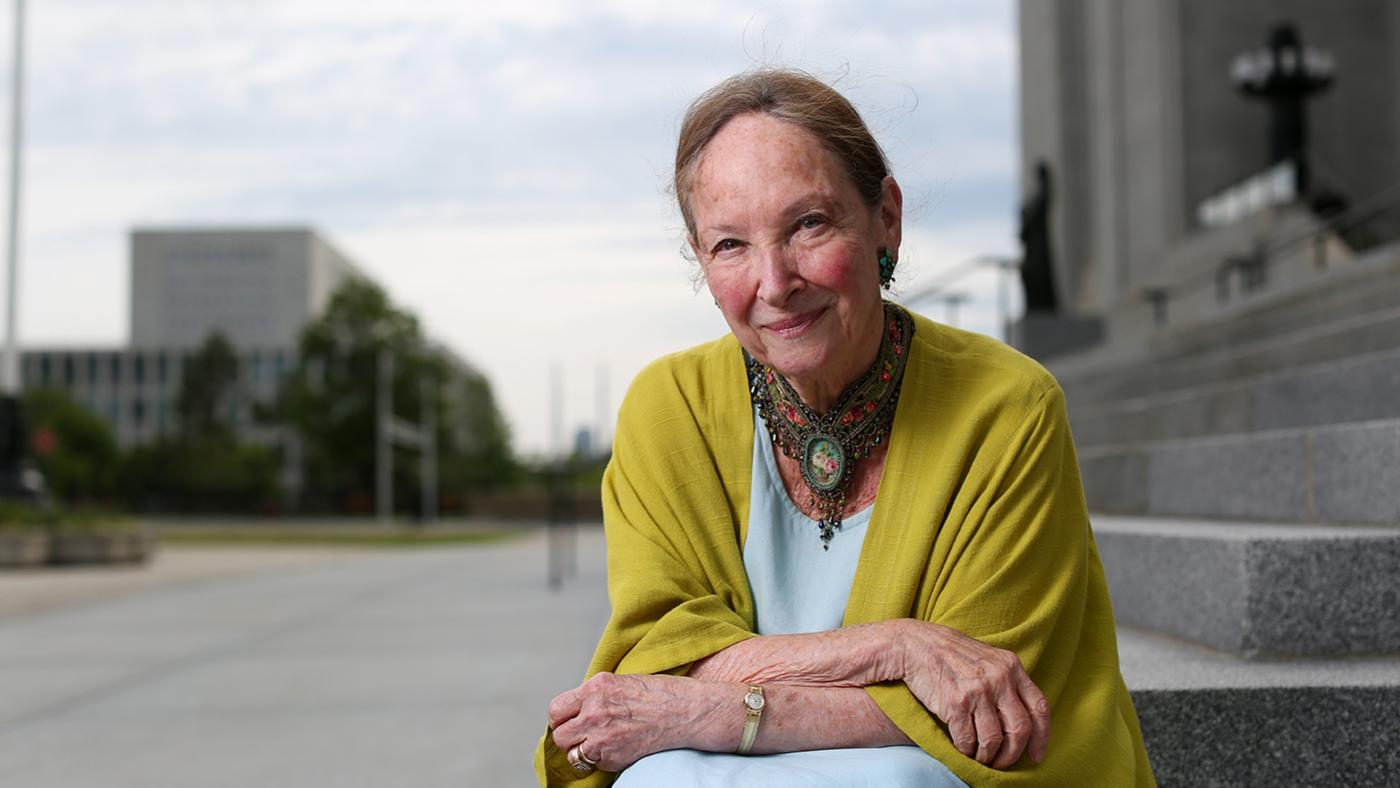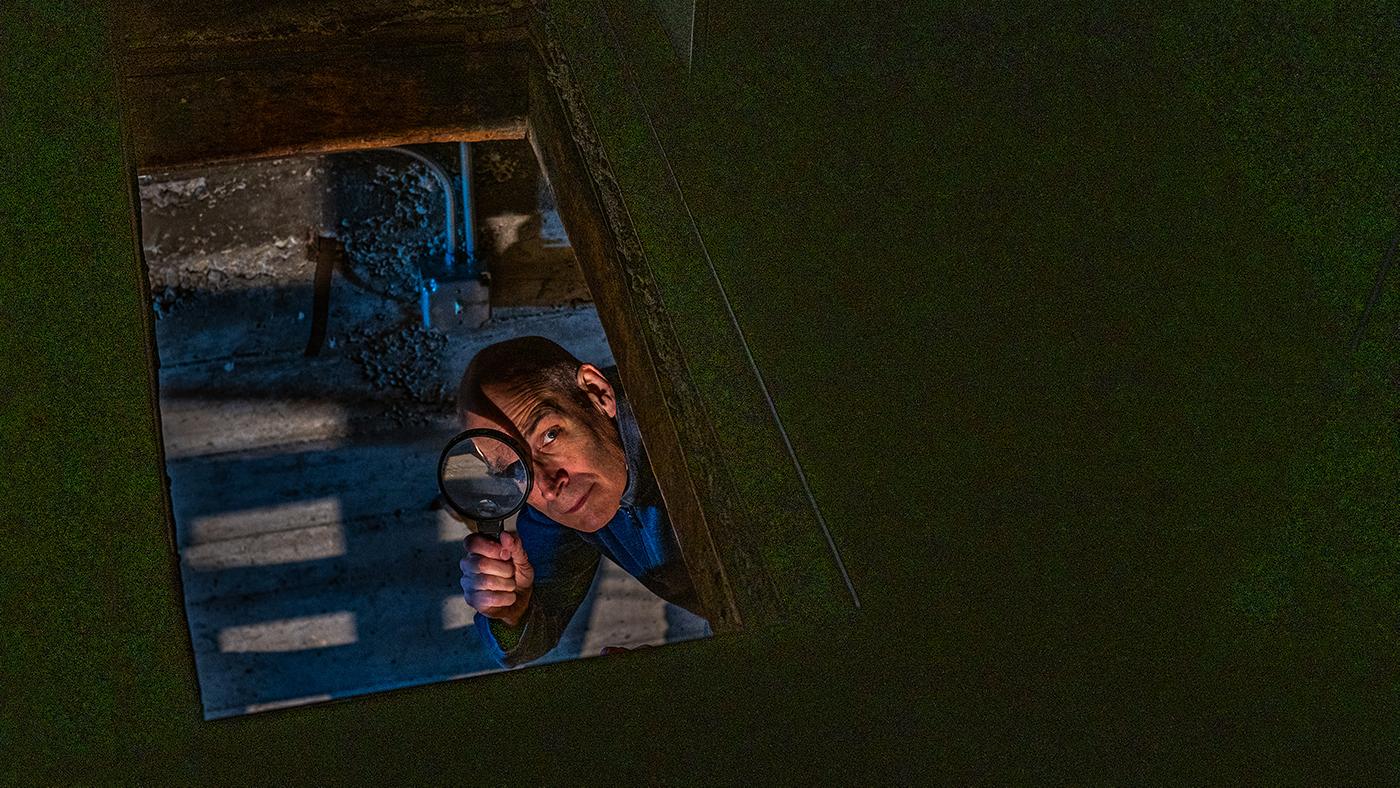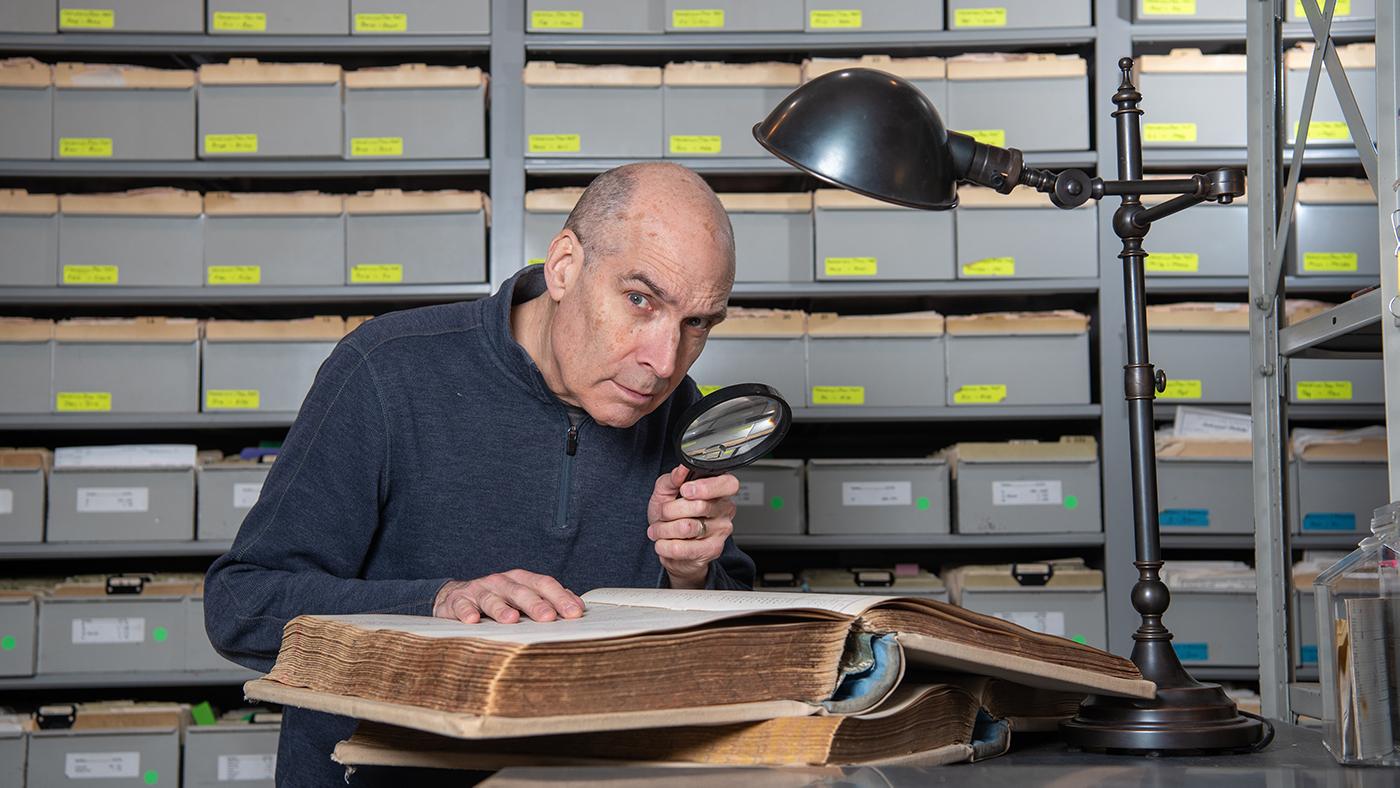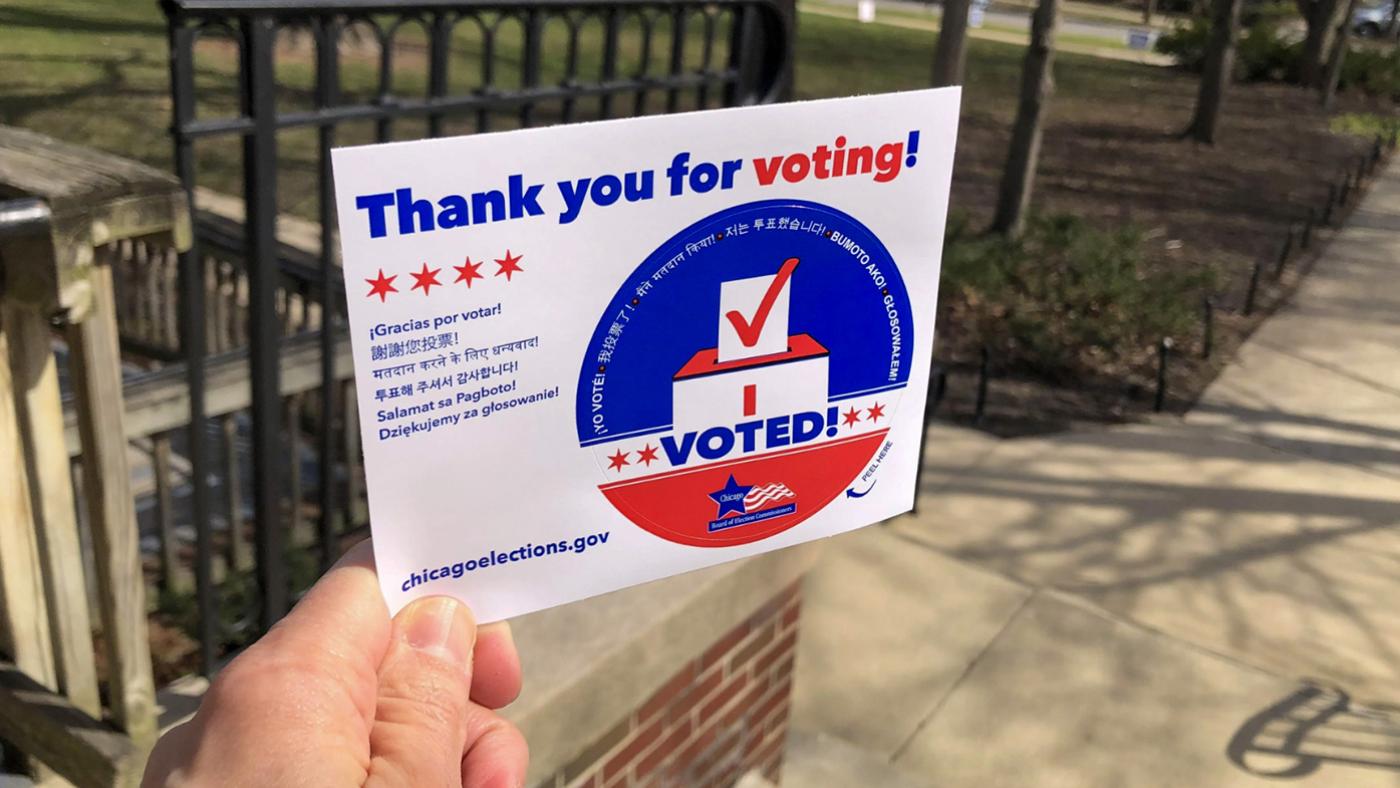Geoffrey Baer's Open House Chicago Picks for 2023
Geoffrey Baer
October 11, 2023
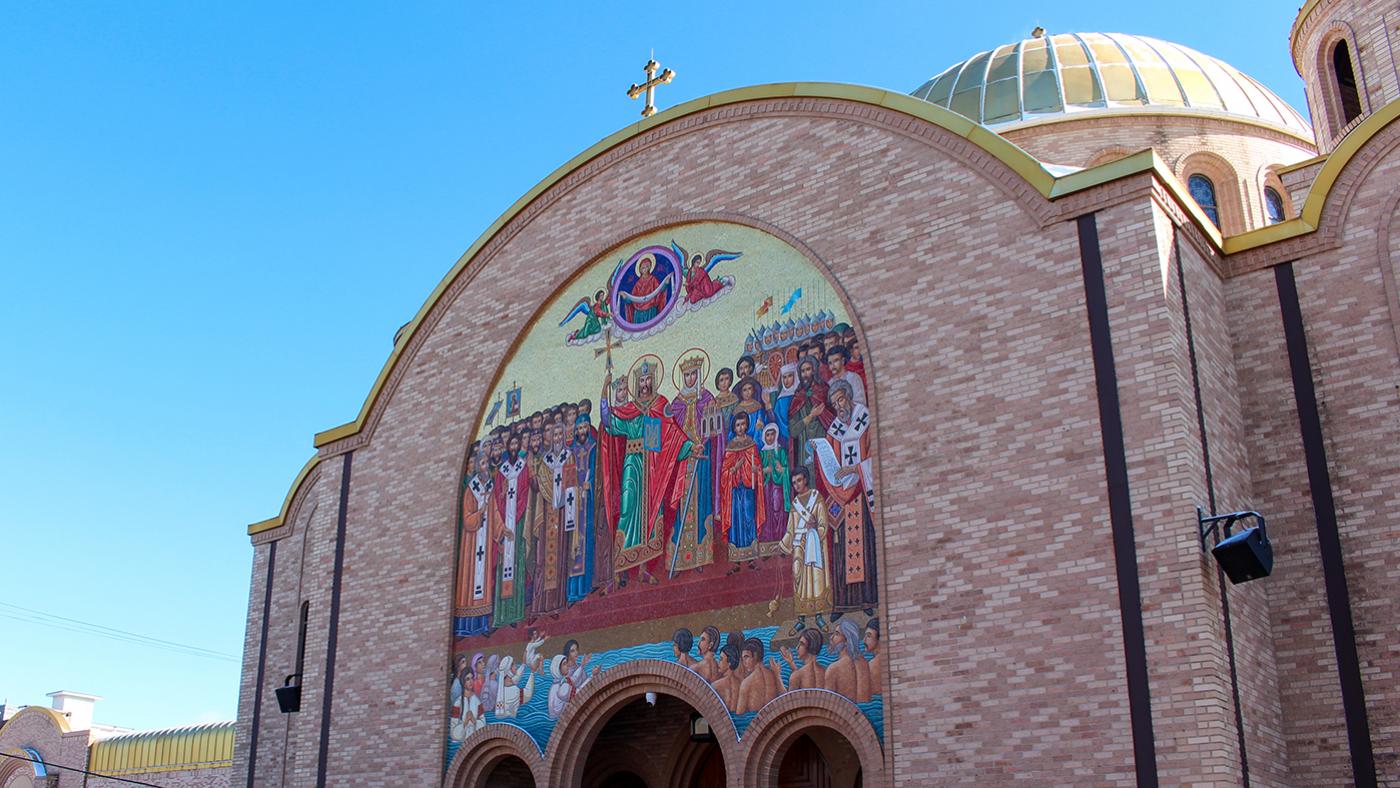
Open House Chicago is back, allowing you to peek inside buildings across the city, enjoying their extravagant lobbies, sweeping views, compelling stories, and unique features up close. More than 170 sites in over twenty neighborhoods will take part this year on October 14 and 15, in the biggest edition of Open House Chicago since the pandemic forced it to scale back.
There are some 30 sites participating for the first time this year, from new skyscrapers (800 Fulton, designed by SOM’s Brian Lee) to revamped industrial spaces (Workshop 4200, a home for creators in the former Hammond Organ Factory) to fresh museums (the Climate Action Museum).
The Chicago Architecture Center is responsible for organizing Open House Chicago, so I have to give their own building and exhibition space a shout-out: if you haven’t ever visited, Open House is the perfect time to stop in!
Here are fourteen recommendations of intriguing stops for this year. You can also view my highlights from last year, many of which are again a part of Open House, in case you want even more choices.
Be sure to check individual sites for hours and restrictions.
Central Standard Building
231 S. LaSalle St.
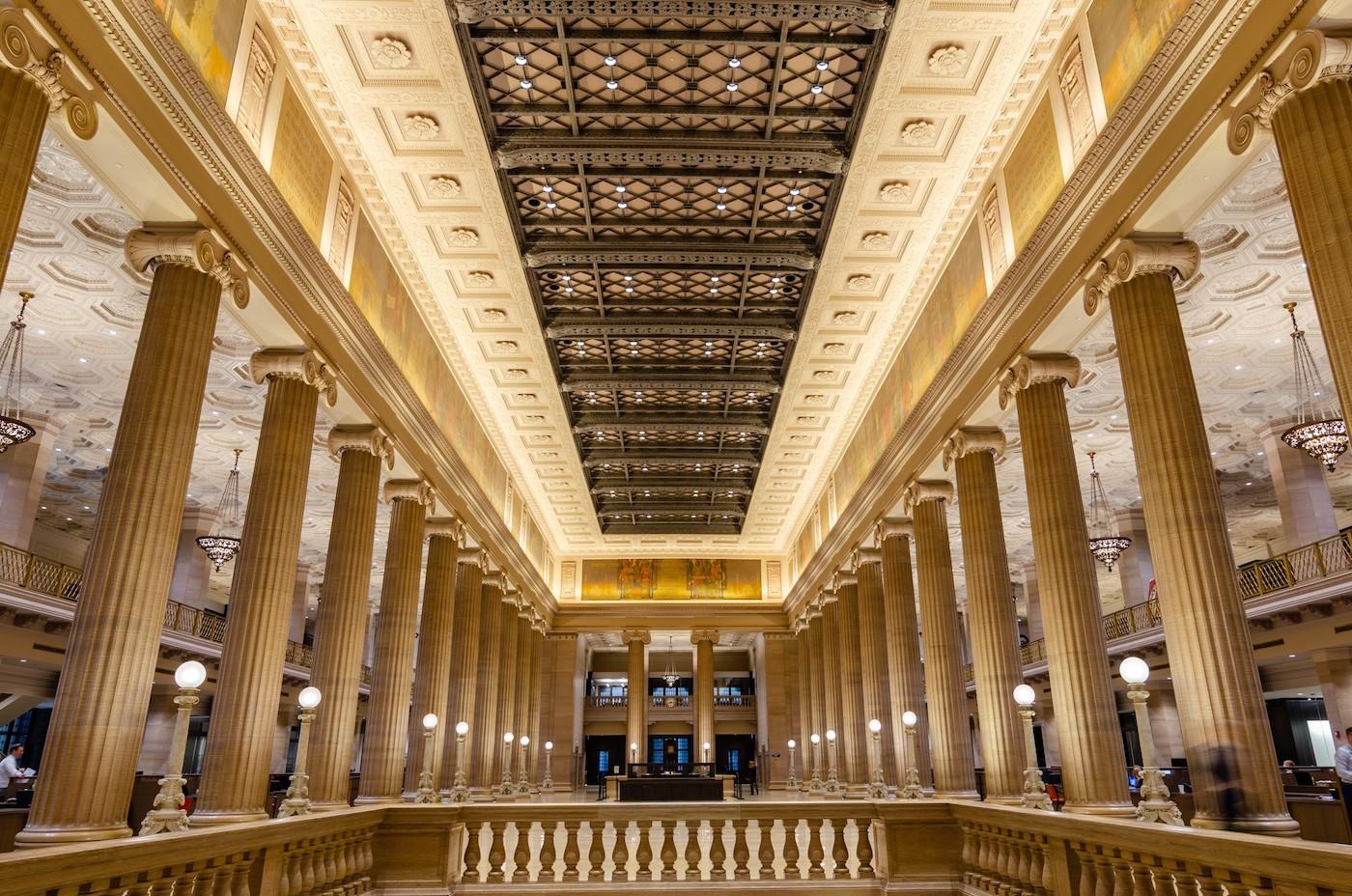 The Central Standard Building's lobby is like a classical temple. Credit: Chicago Architecture Center/Eric Allix Rogers
The Central Standard Building's lobby is like a classical temple. Credit: Chicago Architecture Center/Eric Allix Rogers
This skyscraper designed by Graham, Anderson, Probst & White not only has a jaw-dropping lobby that looks like a classical temple; it also sits on the site of two major historical events. When it was the Grand Pacific Hotel, it was where the United States was divided into the time zones we still use today, in 1883. The Grand Pacific Hotel was replaced by the Illinois Trust and Savings Bank, designed by D.H. Burnham and Company. The bank’s generous skylight came raining down in 1919, when a Goodyear Blimp on its maiden voyage caught fire in the air and crashed into the bank, killing and injuring several bank employees. The Illinois Trust and Savings Bank was replaced by what is now known as the Central Standard Building in 1924.
Cliff Dwellers Club
200 S. Michigan Ave., Suite 2000
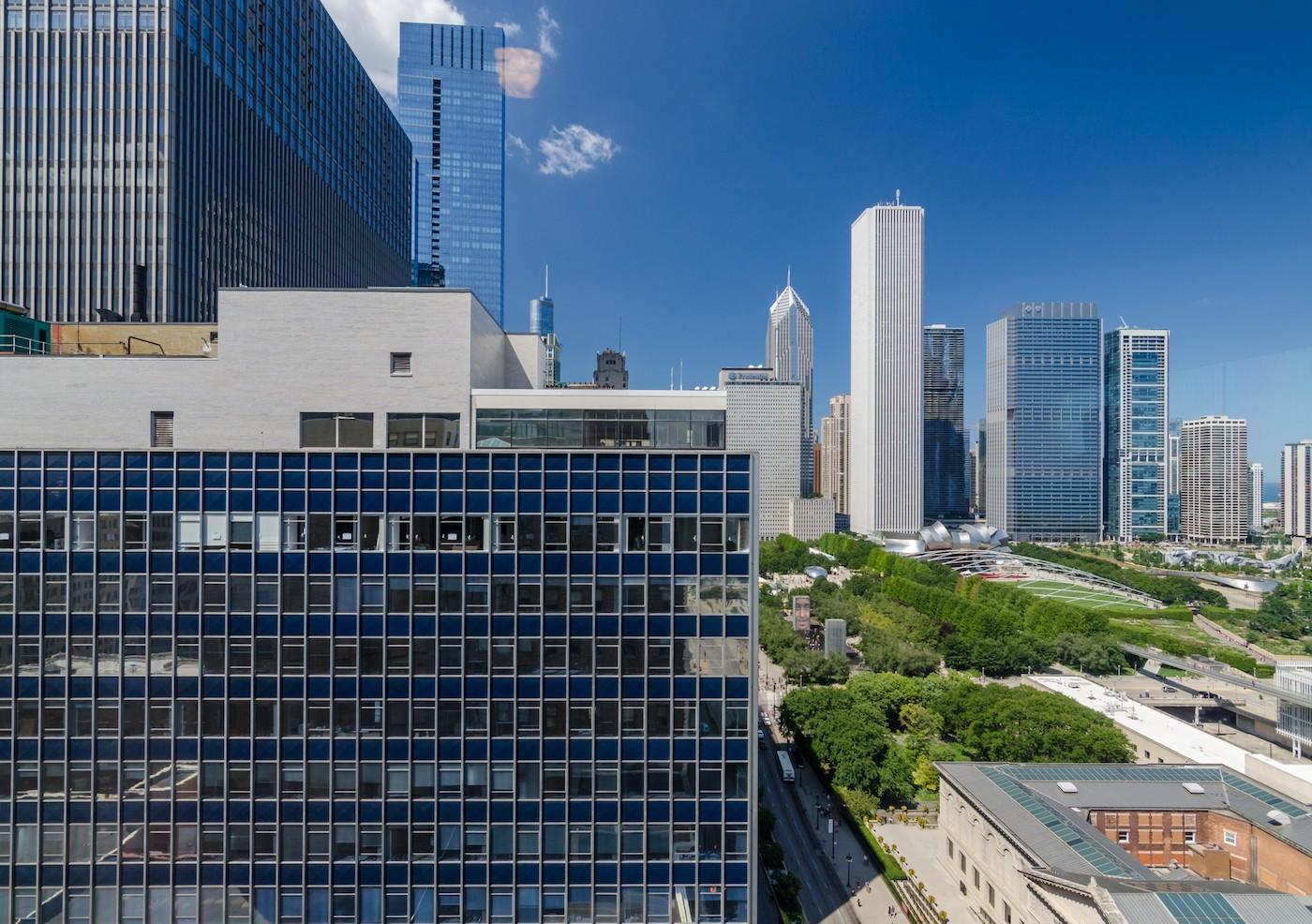 The terrace of the Cliff Dwellers Club offers stunning views. Credit: Chicago Architecture Center/Eric Allix Rogers
The terrace of the Cliff Dwellers Club offers stunning views. Credit: Chicago Architecture Center/Eric Allix Rogers
How often do you get to see inside a private club, much less one with a terrace offering stunning views of Grant Park and Lake Michigan? The Cliff Dwellers Club dates back to 1907 but moved to the top floor of this Michigan Avenue building in 1996 from the top floor of the neighboring Orchestra Hall.
Seventeenth Church of Christ, Scientist
55 E. Wacker Dr.
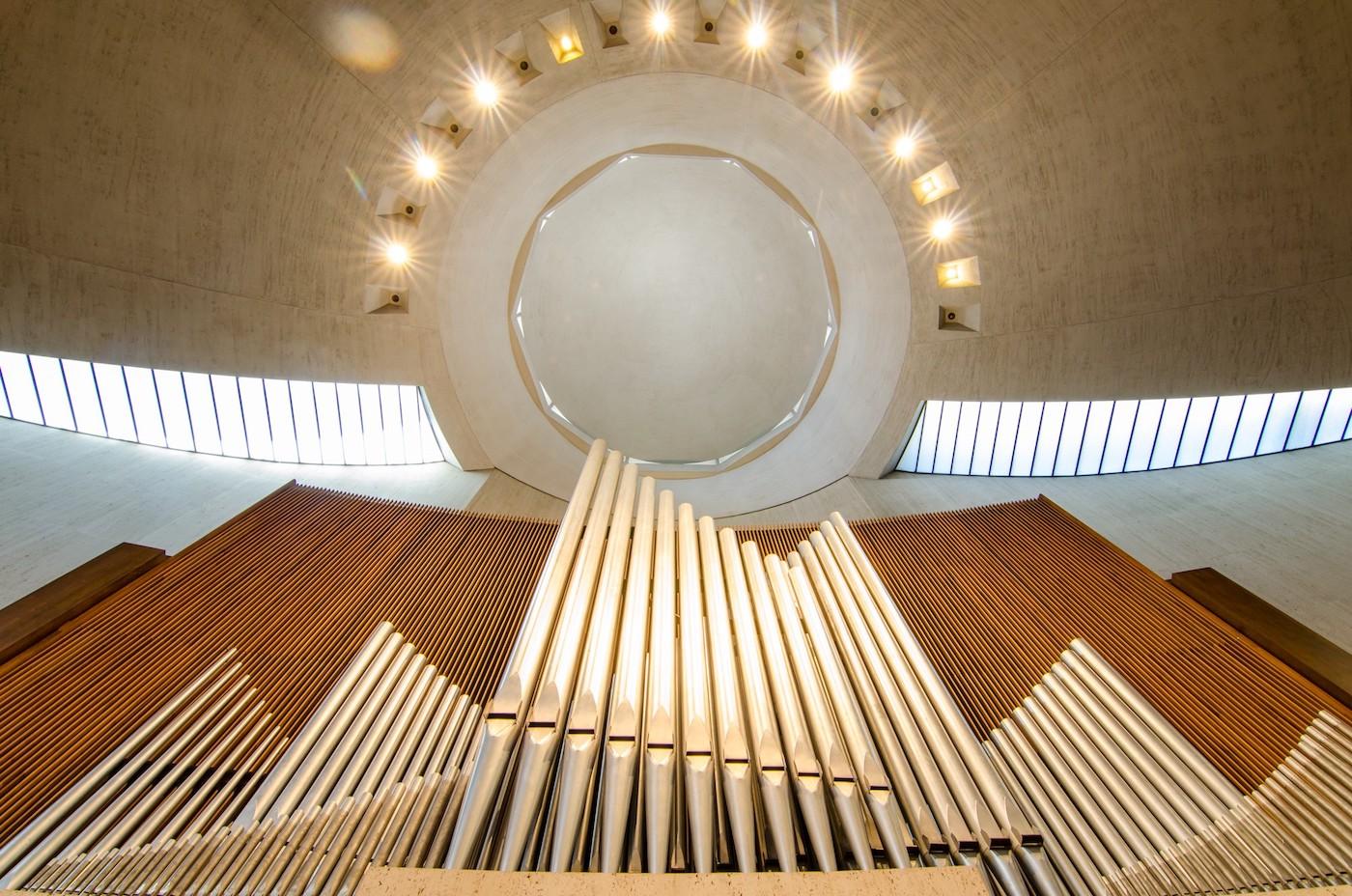 The Seventeenth Church of Christ, Scientist contains a massive organ. Credit: Chicago Architecture Center/Eric Allix Rogers
The Seventeenth Church of Christ, Scientist contains a massive organ. Credit: Chicago Architecture Center/Eric Allix Rogers
Harry Weese was an iconic Chicago architect, responsible for both historic preservation of places like the Auditorium Building as well as new ones like the Loop’s triangular Chicago Metropolitan Correctional Center. But his Seventeenth Church of Christ, Scientist, from 1968, is probably the most visible of his buildings—it’s even been seen in films such as Divergent and Transformers 3.
SOS Children’s Villages
7600 S. Parnell Ave.
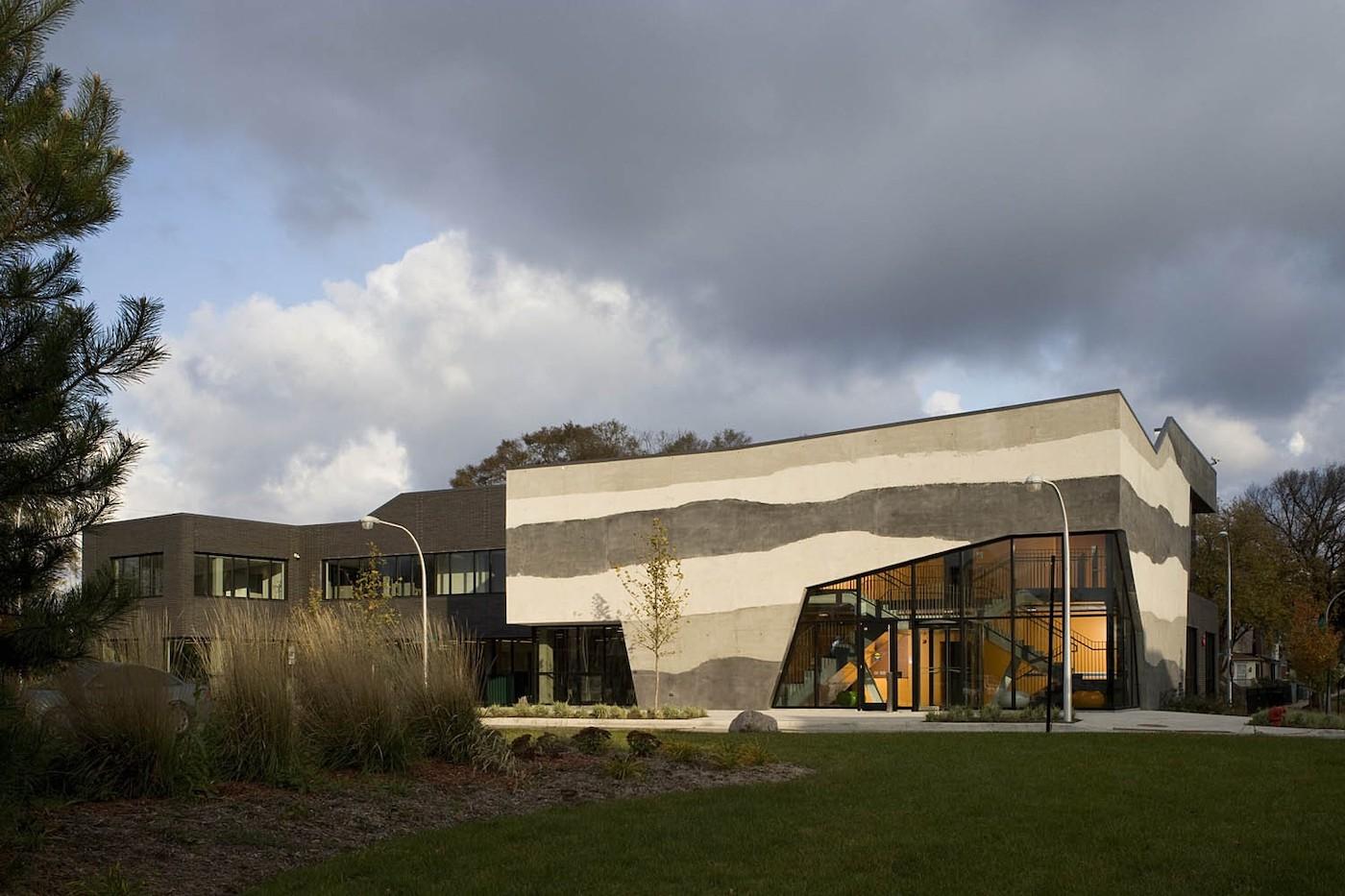 This is a lesser-known building by Chicago's Jeanne Gang
This is a lesser-known building by Chicago's Jeanne Gang
This is a lesser-known, earlier building by Chicago’s homegrown wonder Jeanne Gang in Auburn Gresham. It features striated layers of concrete at different densities, creating a geological facade for this non-profit organization.
Rosenwald Court Apartments
4642 S. Michigan Ave.
 Many famous Black Chicagoans once resided in the Rosenwald Court Apartments. Credit: Chicago Architecture Center/Eric Allix Rogers
Many famous Black Chicagoans once resided in the Rosenwald Court Apartments. Credit: Chicago Architecture Center/Eric Allix Rogers
There’s more history than can be recounted packed into this site, which was built in 1929 by the Sears executive and philanthropist Julius Rosenwald as an early example of a housing project. The block-long building housed such important Black Chicagoans as Nat King Cole, Gwendolyn Brooks, Joe Louis, and Quincy Jones over the years, but it declined and was closed in 1999. A redevelopment project led to its reopening in 2016, and it once again houses residents of Bronzeville.
Growing Home’s Wood Street Urban Farm
5814 S. Wood St.
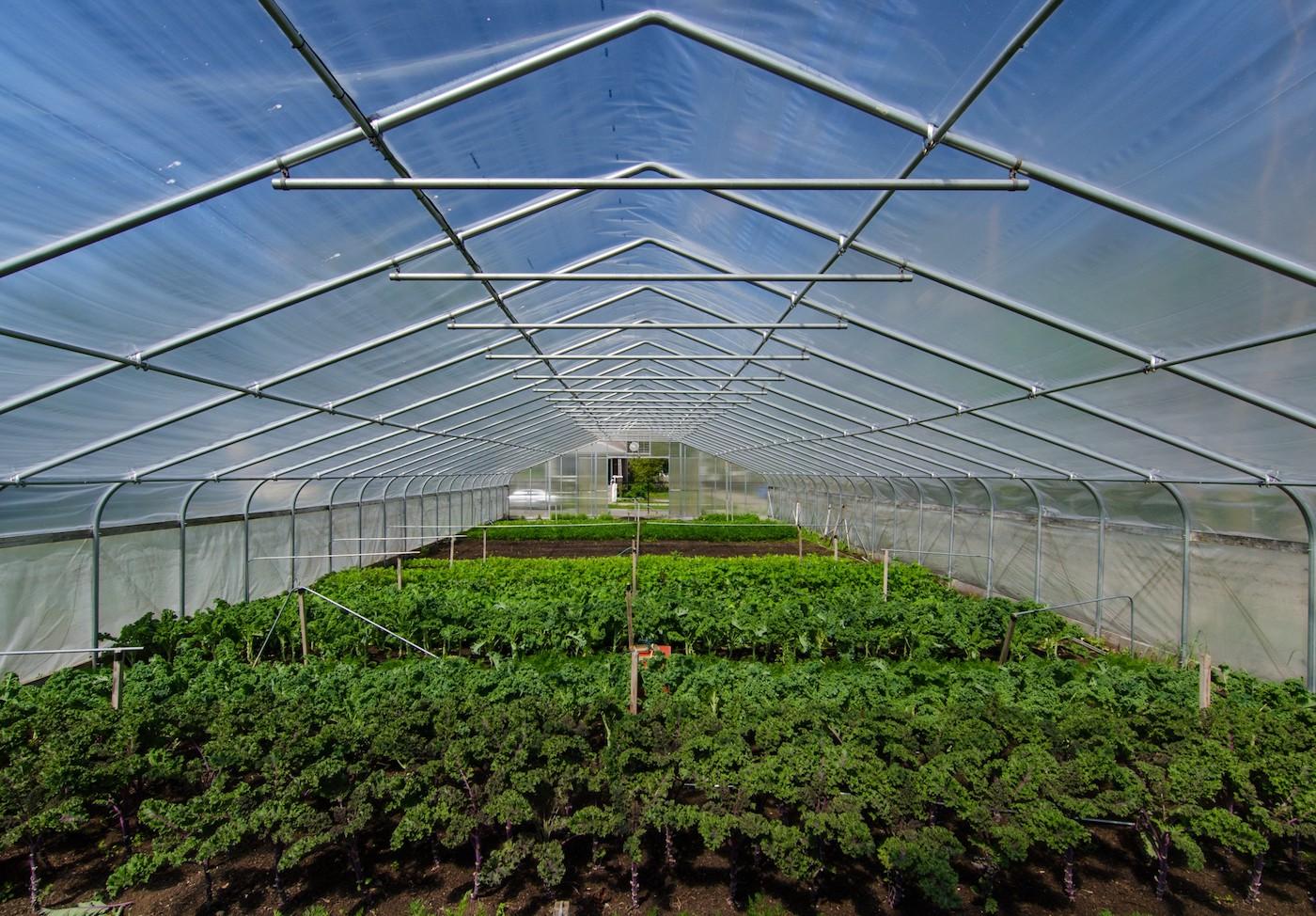 Growing Home's 1.5 acre farm provides good food and good jobs to South Siders. Credit: Chicago Architecture Center/Eric Allix Rogers
Growing Home's 1.5 acre farm provides good food and good jobs to South Siders. Credit: Chicago Architecture Center/Eric Allix Rogers
Growing Home provides not just fresh, locally grown food to the South Side via its urban farm; it also provides good jobs and training to locals. Its 1.5 acre farm is a remarkable place, and on Saturday, October 14 it will be hosting its annual HarvestFest celebration, complete with local vendors and family-friendly activities.
St. Thomas the Apostle Roman Catholic Church
5472 S. Kimbark Ave.
 St. Thomas the Apostle is considered the first modern Catholic church
St. Thomas the Apostle is considered the first modern Catholic church
This revolutionary re-imagining of how a Catholic church was conceived by architect Barry Byrne, a Frank Lloyd Wright apprentice, and constructed in 1924. In its avoidance of the traditional cruciform floor plan, it is considered the first modern Catholic church, with modern sculpture by Alfonso Ianelli and Stations of the Cross and a Pietà by Alfeo Faggi.
All Saints’ Episcopal Church
4550 N. Hermitage Ave.
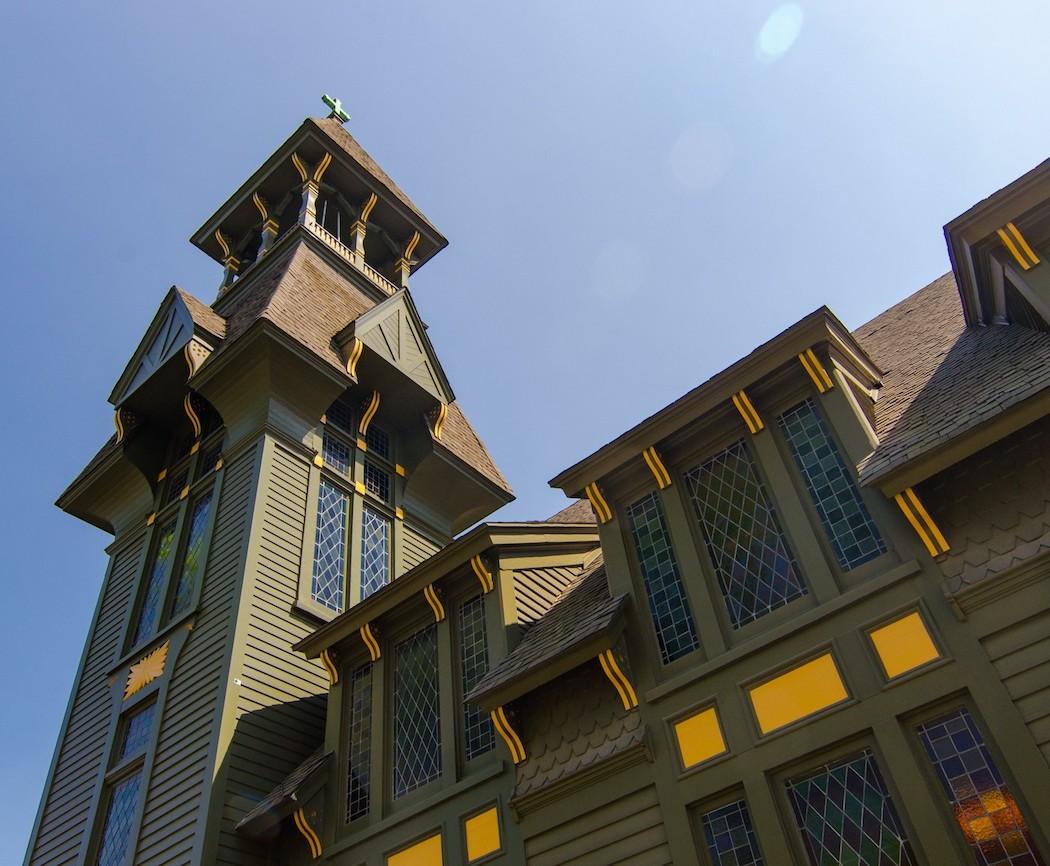 All Saints' Episcopal Church is a rare example of Stick Style architecture in Chicago. Credit: Chicago Architecture Center/Eric Allix Rogers
All Saints' Episcopal Church is a rare example of Stick Style architecture in Chicago. Credit: Chicago Architecture Center/Eric Allix Rogers
Stick Style architecture was a popular form of design in America in the 1860s and ‘70s, but it is rare in Chicago because of the banning of wood-frame construction in the city after the Great Chicago Fire. This 1883 church was built before Chicago annexed Ravenswood and thus escaped those rules. It has also been beautifully restored.
Arts Club of Chicago
201 E. Ontario St.
 The Arts Club includes a staircase designed by Mies van der Rohe. Credit: Chicago Architecture Center/Eric Allix Rogers
The Arts Club includes a staircase designed by Mies van der Rohe. Credit: Chicago Architecture Center/Eric Allix Rogers
Since being founded in 1916, the Arts Club has occupied eight different sites, but one major part of a previous location has survived in its current home: a staircase designed by Ludwig Mies van der Rohe that was literally moved to this site from a prior home before demolition. Architect John Vinci designed a minimalist building around the Mies staircase in 1997.
South Asia Institute
1925 S. Michigan Ave.
 The building housing the South Asia Institute is part of Chicago's historic Motor Row District
The building housing the South Asia Institute is part of Chicago's historic Motor Row District
The South Loop’s historic Motor Row District was once home to some of America’s first car dealerships, back at the dawn of the automobile age, when automakers were still trying to figure out how to market cars. This 1911 building with a terracotta facade was originally built for the B.F. Goodrich warehouse and sales center. It now houses the South Asia Institute, which hosts art exhibitions, performances, a library, and more. This is its first year partaking in Open House Chicago.
Glessner House
1800 S. Prairie Ave.
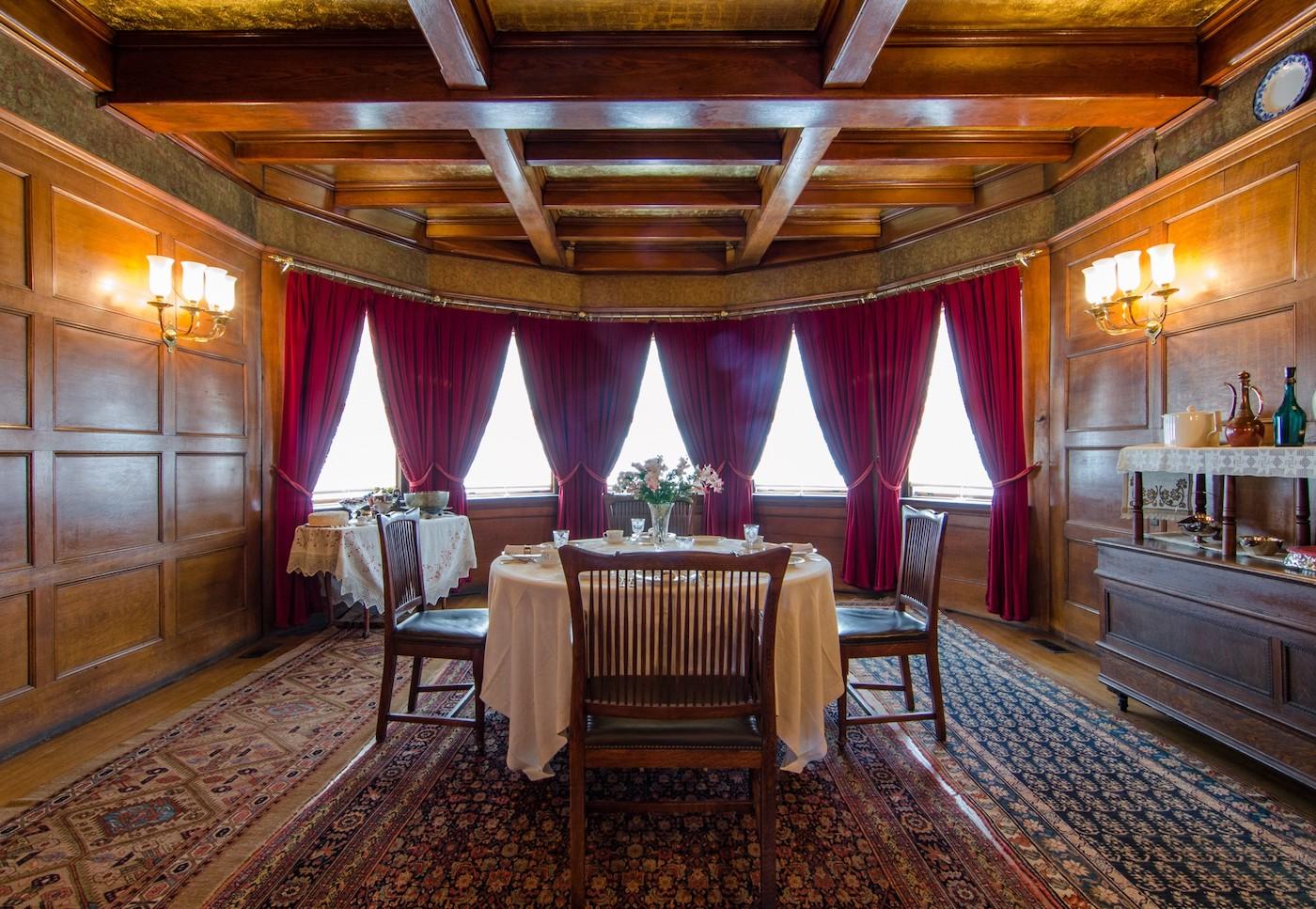 Glessner house's unusual design was influential on residences. Credit: Chicago Architecture Center/Eric Allix Rogers
Glessner house's unusual design was influential on residences. Credit: Chicago Architecture Center/Eric Allix Rogers
You can thank Glessner House for the existence of Open House Chicago, indirectly, given that the campaign to save it from demolition in the 1960s started the historic preservation movement in Chicago and led to the formation of the Chicago Architecture Center, which organizes Open House. It was deemed worth saving both for its influential design, which faces inward toward a private courtyard, and because it was designed by the important American architect H.H. Richardson.
Jane Addams Hull-House Museum
800 S. Halsted St.
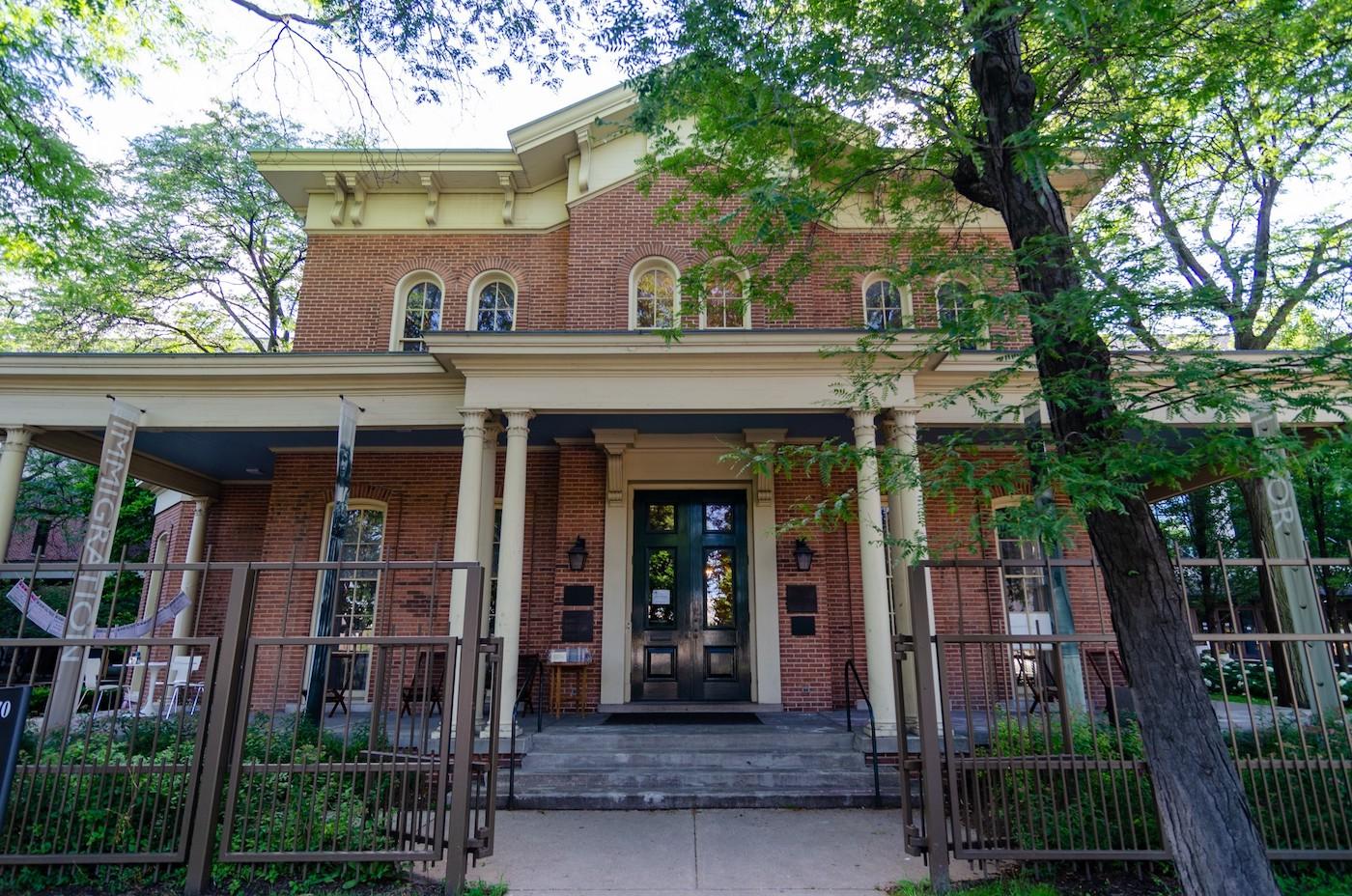 Jane Addams and other social reformers lived alongside immigrants and taught them skills at Hull House. Credit: Chicago Architecture Center/Eric Allix Rogers
Jane Addams and other social reformers lived alongside immigrants and taught them skills at Hull House. Credit: Chicago Architecture Center/Eric Allix Rogers
This is where the Nobel Peace Prize laureate Jane Addams and numerous other remarkable women social reformers lived alongside newly arrived immigrants to help them build a new life and skills in their new home. Addams is the subject of one of WTTW’s new Chicago Stories documentaries, premiering Friday, October 20 at 8:00 pm on WTTW and at wttw.com/chicagostories.
Pullman
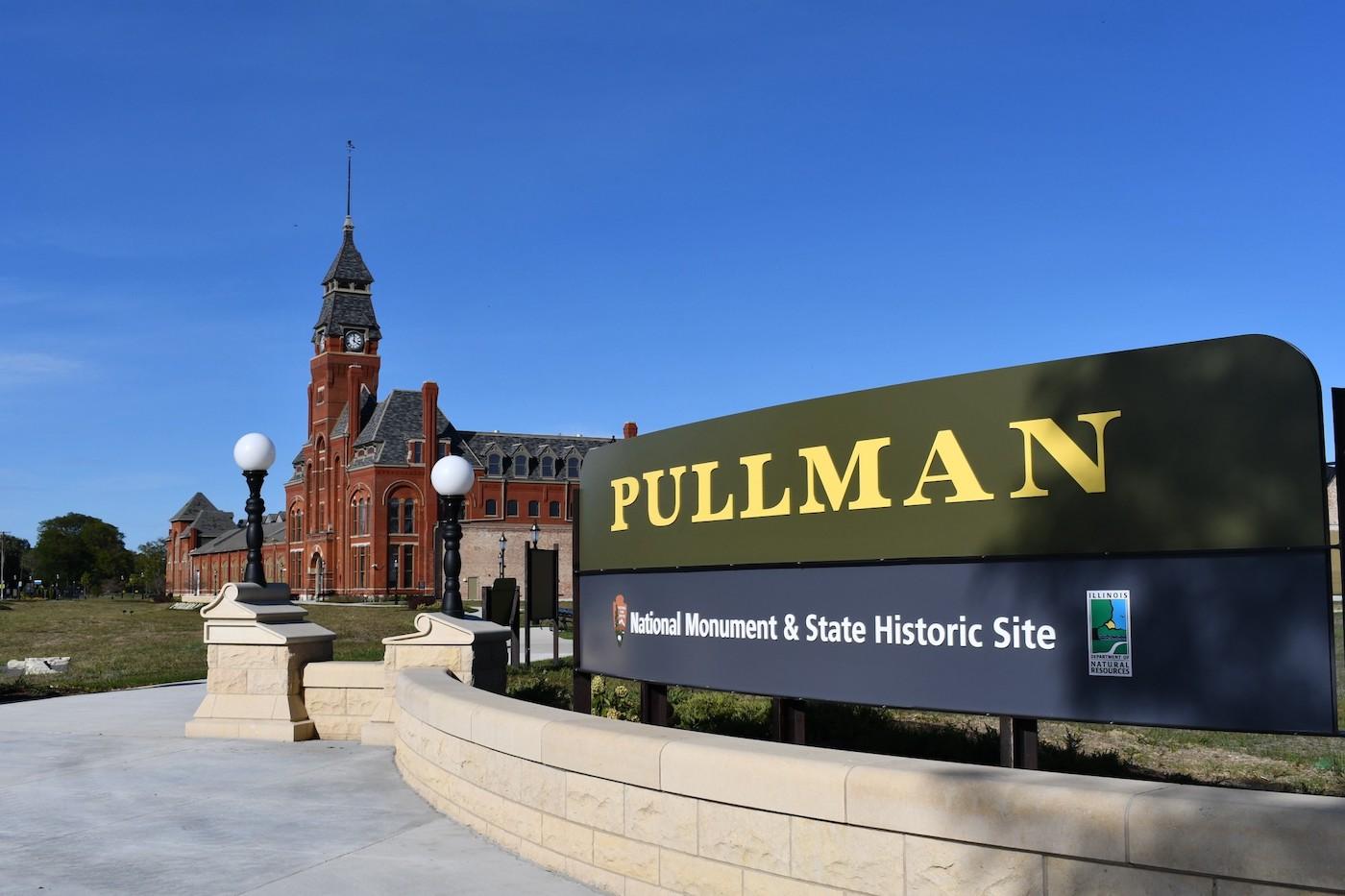 Pullman is a new neighborhood for Open House Chicago
Pullman is a new neighborhood for Open House Chicago
Pullman is another subject of one of our new Chicago Stories documentaries, available to stream at wttw.com/pullman. The neighborhood, originally a company town built by George Pullman for his workers and designed by architect Solon S. Beman, is new to Open House this year and features several sites. You can visit the Visitor Center and factory grounds of the Pullman National Historical Park, Chicago’s first National Park. Pullman Tech Workshop trains workers in the trades and is housed in a more than century-old building that once served as a stable for Schlitz Brewery. And the Artspace Lofts are a housing complex meant for artists that combines two Beman buildings with a new one designed by Stantec Architecture.
Sts. Volodymyr and Olha Ukrainian Catholic Church
739 N. Oakley Blvd.
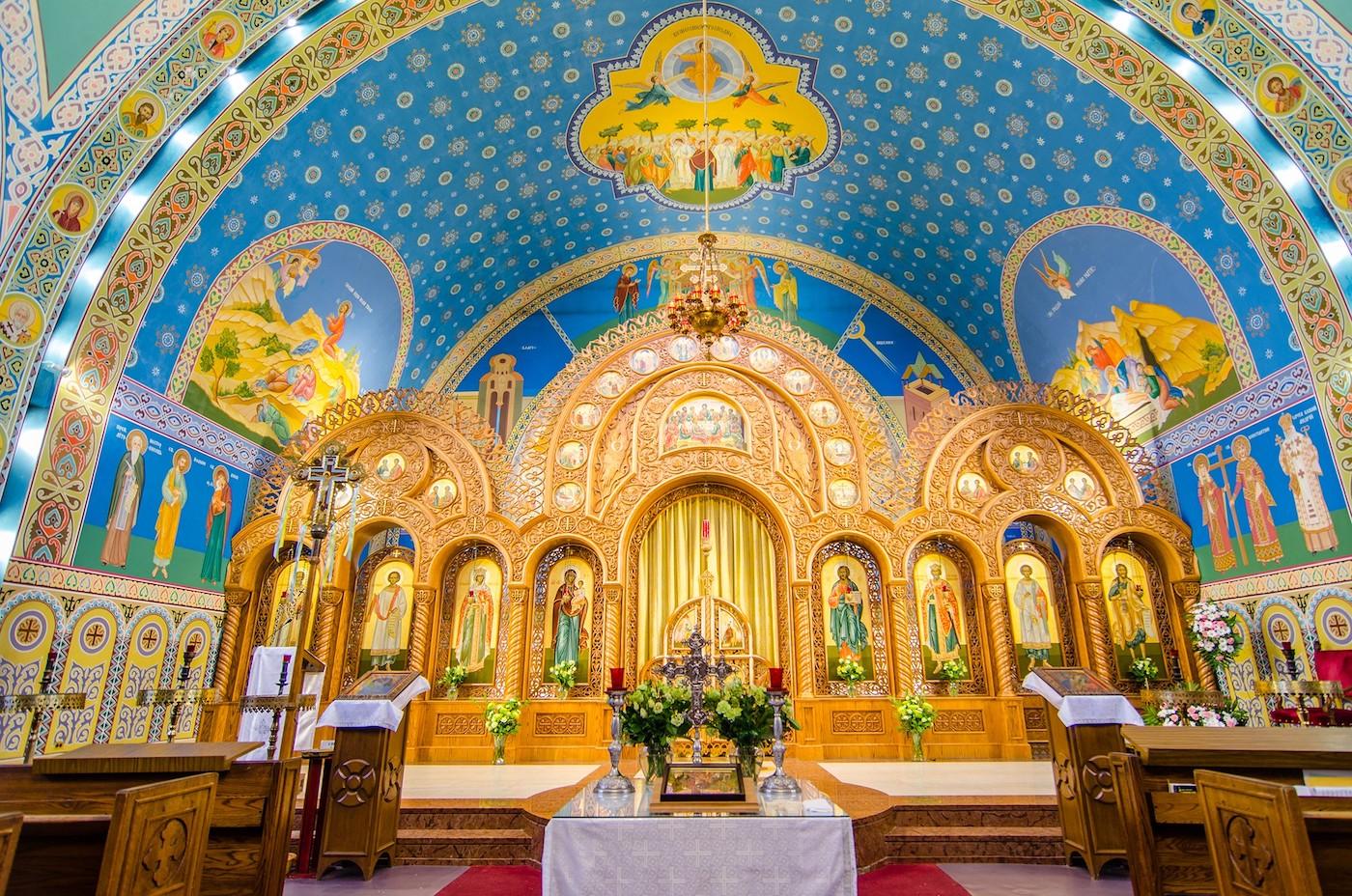 Sts. Volodymyr and Olha Ukrainian Catholic Church is featured in 'The Most Beautiful Places in Chicago.' Credit: Chicago Architecture Center/Eric Allix Rogers
Sts. Volodymyr and Olha Ukrainian Catholic Church is featured in 'The Most Beautiful Places in Chicago.' Credit: Chicago Architecture Center/Eric Allix Rogers
This gold-domed, mosaic-covered church is beyond dazzling—so much so that I featured it in my special The Most Beautiful Places in Chicago. Its design avoids right angles in favor of arches and vaults, and the sanctuary is absolutely filled with ornate details and hand-carved icons.
Note: This article was updated on October 13, 2023 to reflect that the Chicago Loop Synagogue has been removed from the site list this year.


